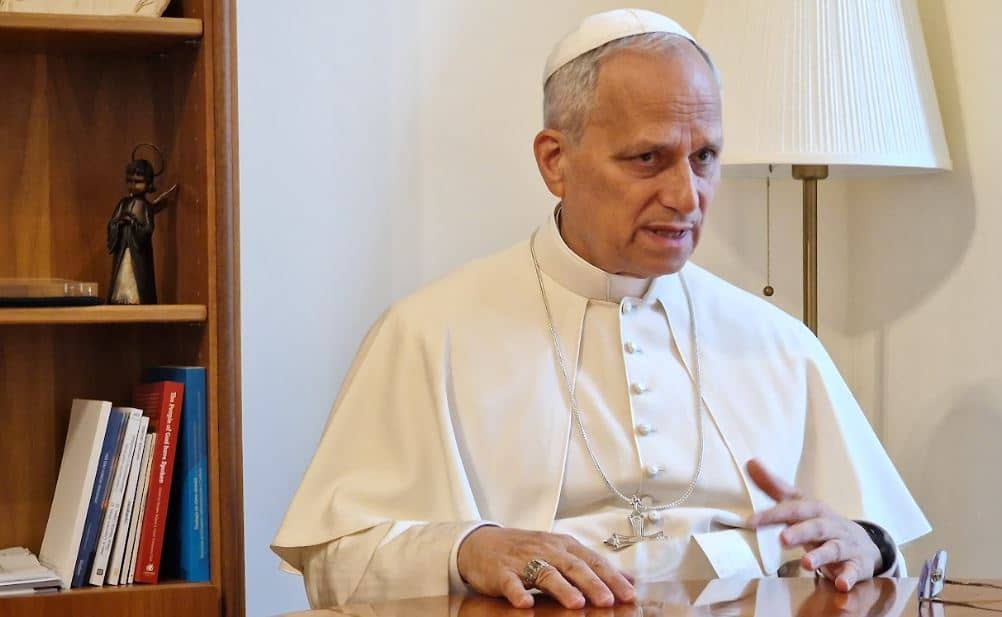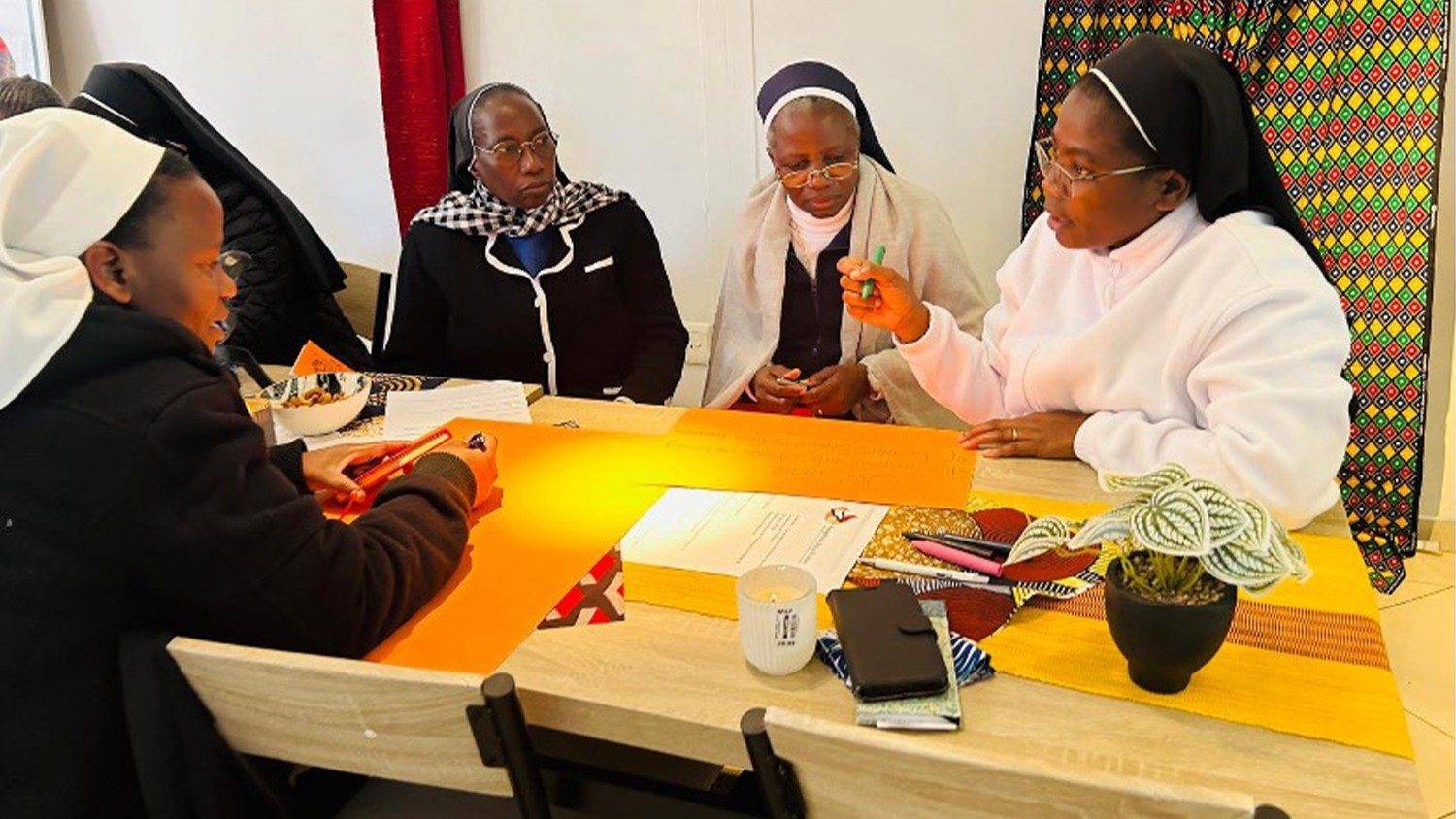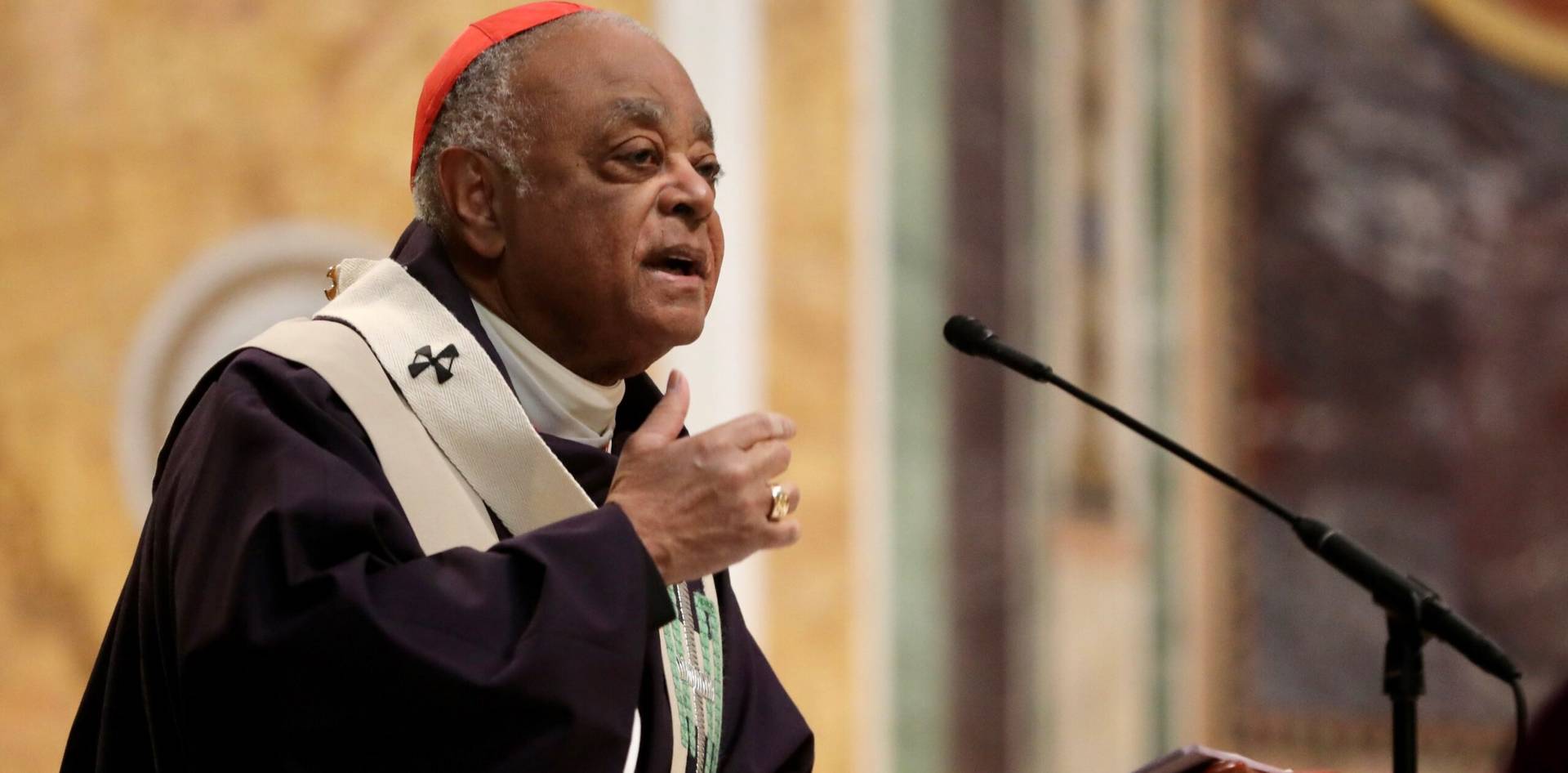[Editor’s Note: Maria C. Morrow is Adjunct Professor of Catholic Studies at Seton Hall University. She received her Ph.D. in Theology from the University of Dayton in 2013. She is the author of Sin in the Sixties: Catholics and Confession, 1955-1975 (The Catholic University of America Press, 2016). Morrow’s research interests include moral theology, American Catholicism, historical theology, and Catholic parenting. She spoke to Charles Camosy about her new book A Busy Parent’s Guide to a Meaningful Lent.]
Camosy: I’ve heard more than one person refer to the “long Lent” of the pandemic. Is there a way to think of this coming Lent specifically within the context of the pandemic?
You’re right to point this out. The pandemic has forced us to “give up” so much of what we took to be normal life, and it has stretched on indefinitely without a clear ending. And of course, we went into last year’s Lent without really any idea of how our lives were going to change, so suddenly having to change our patterns of behavior or deal with a scarcity of certain resources, like toilet paper, were very difficult.
When it comes to Lent, many of us like to choose our own sacrifices. We may carefully discern our Lenten resolutions, and yet, in doing so, we maintain an element of control. Giving up sweets or social media turned out to be almost comical last year when we were suddenly placed under so many restrictions, particularly not being able to attend Mass. But these unexpected, involuntary sacrifices can bring us closer to God, especially if they help us grow in humility by recognizing that we are not ultimately in control of choosing our hardships.

Our American Catholic culture has admirably held on to voluntary Lenten resolutions, but we seem to have lost that once common Catholic practice of “offering it up.” In part, this may be because it can sound quite unsympathetic to tell someone who is suffering to offer it up, especially when we don’t provide any attempt at relief or accompaniment. On the other hand, offering up our difficulties is a valuable resource for us in that it allows us to make the best of our struggles or suffering. We see this illustrated in the lives of the saints. St. Therese Lisieux, for example, in her biography explains how when confronted with her paint brushes going missing, she rejoiced that she could offer the sacrifice of not painting to God, just as she would have offered the painting. So also, while naturally disgusted at being splashed with dirty water, St. Therese was supernaturally delighted to offer this to God. And likewise with the criticisms she received from older nuns who judged her too young and immature for the convent.
As we begin this Lent, we might be helped by thinking through the involuntary struggles we will encounter in the second spring of this pandemic. From not being able to hug and kiss our distant loved ones to the continued anxieties associated with shopping or virtual school, we would end it all now if we could! But since we can’t, we can think through both our chosen Lenten penance and our attitude toward the unchosen burdens. Going into Lent with the decision to embrace and offer these involuntary sacrifices might benefit us supernaturally as much as our voluntary Lenten resolutions will benefit us. And we may find that such a disposition in regard to our current circumstances will also benefit us naturally, through what psychologists refer to as “synthetic happiness,” simply explained as that happiness resulting from making the best of bad situations.
Given that so many parents are even more busy than usual (especially with virtual and home schooling), it might seem difficult to give the season of Lent what it deserves this year. Is that why you wrote your new book A Busy Parent’s Guide to a Meaningful Lent?
Actually, I wrote the book in the fall, prior to the pandemic, with no idea of what was to come! And yet, parents are still busy, albeit in a different way. I’ve certainly struggled with having little or no time to myself and lacking quiet time for prayer and reflection. The book offers a way to focus scripturally on the season of Lent in the midst of a busy life. The organization of the Mass readings for Lent is a gift of the Church that can truly guide us through the season, regardless of the difficulty of our circumstances.
I was inspired, in part, by Father Walter Ciszek, the American Jesuit priest who ended up in a Siberian labor camp after World War II. Despite working long hours in terrible conditions with very little food or comfort, Ciszek was able to provide “retreats” to Christians in the camp by offering them points of meditation throughout their day. The contemporary spiritual writer Father Jacques Philippe also emphasizes that we shouldn’t wait until we have ideal circumstances to think about our relationship with God. Rather, God wants to meet us in the midst of our imperfect circumstances and can and will work through them. When it comes to children, they can seem to hinder our spiritual life by interrupting our prayer, limiting our quiet time, or distracting us at Mass. Yet those children are gifts from God! So we can’t say, “well, I might have been able to grow in virtue and holiness this Lent, if it weren’t for these kids.”
We might say something similar for the pandemic. I don’t mean that it’s a blessing in the way that children are, obviously. But it has put us in the midst of some imperfect circumstances that we didn’t expect or choose, and we shouldn’t say, “well, I might have been able to grow in virtue and holiness this Lent, if it weren’t for this pandemic!” So we need to enter this season of Lent with a sort of humility that recognizes an opportunity from God. We need a receptivity that resigns control and instead bears resemblance to Jesus’s embrace of the cross. We are weary, as he was weary after his trial, scourging, and crown of thorns. But we will have to deal with the pandemic this spring regardless; the choice is whether we resent it and become embittered in our weariness, or whether we take a more positive, supernatural view of these burdens by trustfully giving that weariness over to God. In other words, we can offer our present difficulties as part of our penance, embracing the struggles and uniting them to Christ’s suffering.
What sorts of resources does the book offer?
Each day is organized under the categories Read, Reflect, Pray, Ponder, and Do. The reader will find a list of the Mass readings, a reflection on those readings, an aspirational prayer to keep in mind throughout the day, questions for journaling or discussion, and a suggested weekly practice based on the usual Lenten practices of prayer, fasting, and almsgiving, as well as the stations of the cross, the sacrament of reconciliation, and a focus on offering up suffering and difficulty. The book is thus liturgical and personal while relying on the best Lenten resources of the Church in a way that particularly has busy parents in mind.
Lent is obviously a penitential season, but this sometimes produces some complications–like what to do on feast days. Does your book offer any direction about matters like these?
It was important to me when writing the book to provide some special reflections for the solemnities and feasts that often occur during Lent. The Solemnity of St. Joseph (March 19), for example, or the Solemnity of the Annunciation (March 25), are meant to be celebratory days that break into our Lenten penance. With that in mind, the book provides additional reflections specific to these and other feast days, such as St. Patrick’s Day. While we can sometimes get lost or entrenched in Lent, it’s great to remember the connections throughout our liturgical season. The Annunciation, and with it the Incarnation of Jesus, hearkens to Christmas. The Feast of the Chair of St. Peter (February 22) reminds us of the birth of the Church that we will properly celebrate on Pentecost, as well as connecting us to Jesus’s last supper with his apostles, which we commemorate on Holy Thursday. Even in the midst of Lent, we have occasions to break from penance and celebrate.
I think many of us are looking forward to Easter even more than usual this year. Maybe even, we hope, as a psychological or even cultural marker when it comes to the pandemic. How does Easter function in your book?
The idea of living Lent well is that when we come that day of Easter, we are ready to celebrate the resurrection of Christ. It is my hope that a reader who has taken the time to participate in Lent with the help of this book will be prepared to rejoice! On the other hand, it is important to understand that Easter does not depend on our having a magnificent Lent. Whether we nail our resolutions or fail on them, Jesus does rise from the dead, and we will celebrate that on Easter Sunday. This message is perhaps even more important during this pandemic. We have so much out of our control right now, but one thing we can do is maintain a disposition of praise and gratitude, rejoicing in what God has done for us. So, regardless of how we rate our Lenten performance, we are given this gift of the resurrection. To this end, the book suggests ways to celebrate Easter Sunday– replacing the fasting with feasting, enjoying fresh flowers, spending time in nature, taking time to relax, eating chocolate, etc. Although Lent often feels long, Easter is much longer liturgically, so we need to try to hang onto that joy. While fully acknowledging the difficulty and stress of the present moment, nonetheless, we are fundamentally beloved children of God, saved through the cross and resurrection, with abundant reason to rejoice! It may be challenging to celebrate Easter again this year – although hopefully we can at least attend Mass – but we truly do have reason to rejoice.
















